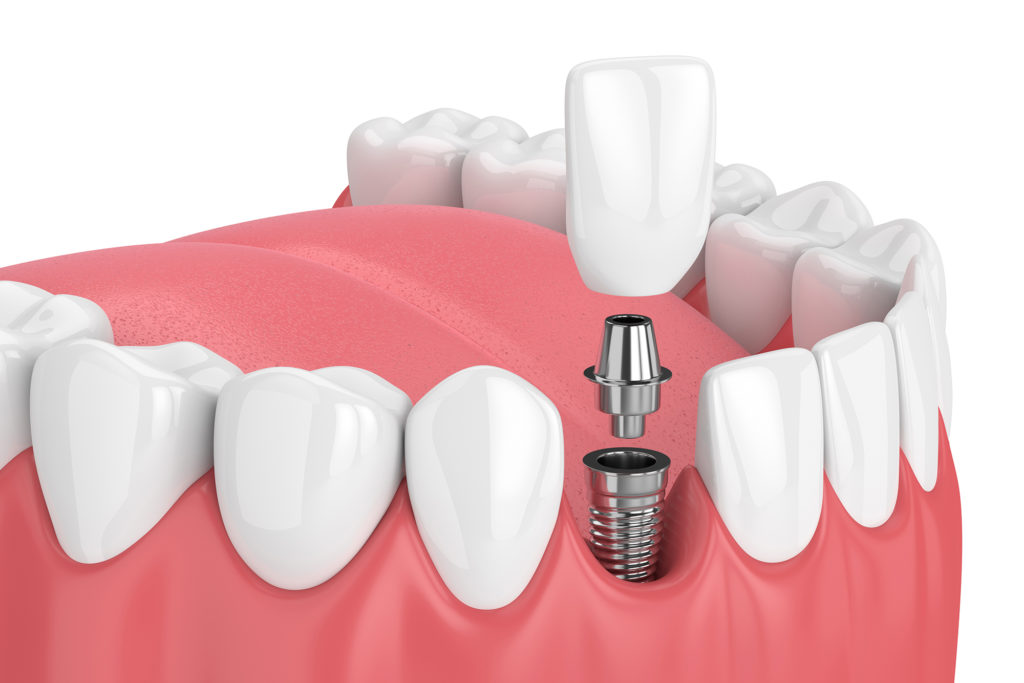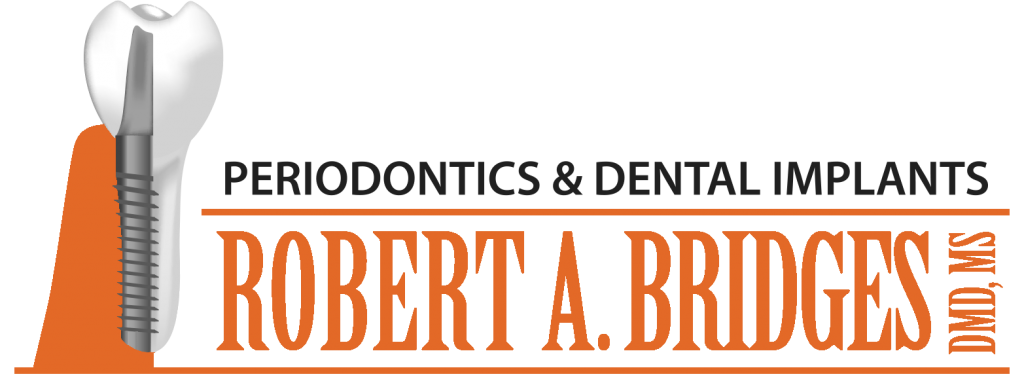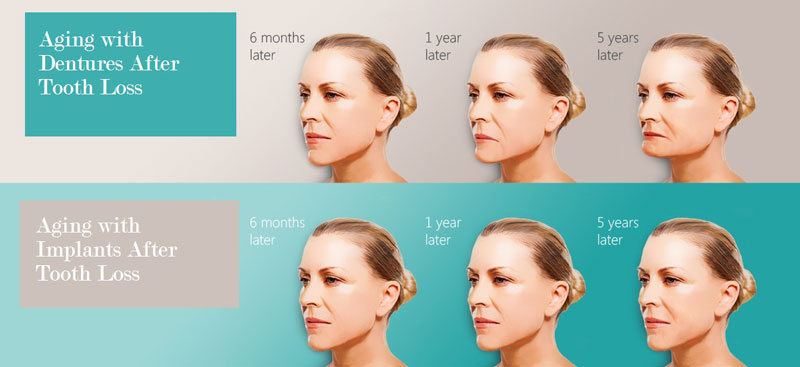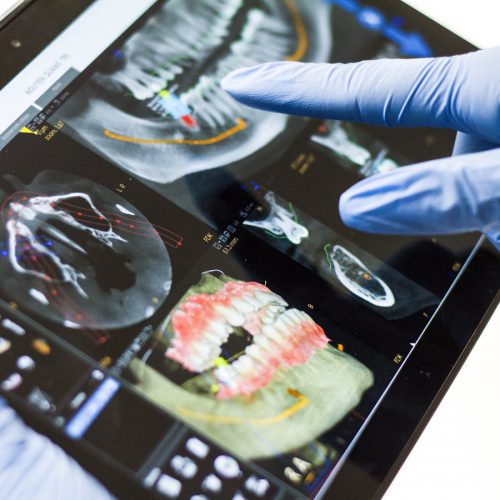
What Is A Dental Implant?

The best way to describe a dental implant is to compare it to a real tooth. A natural tooth consists of a root and a crown. The part of the tooth that you see and eat with is called the crown. Beneath the crown is the root, which anchors the tooth through the gum tissue to the jawbone. When you lose a tooth, you lose both the root and the crown. To replace a tooth, we first have to replace the root. Essentially, a dental implant is a new root. This titanium root is fitted into a socket that we create in your jaw, replacing the lost root of your natural tooth.
Dental implants come in various shapes and sizes and have different types of surfaces. The actual implant selection will depend on a variety of factors related to your specific treatment needs and the most appropriate one(s) will be used. Once an implant has been placed in the jaw, the bone around the implant will need to heal for up to six months, depending upon how hard the bone is. When this initial phase of healing is completed, a support post called an abutment will be placed on the implant itself and then a new crown will be placed on top. If all of your teeth are missing, a variety of treatment options are available to support the replacement teeth.




 If you are missing all of the teeth in your lower jaw, you may consider a number of treatment options. Although many patients have no problem wearing an upper denture, some find it difficult to wear lower dentures.
If you are missing all of the teeth in your lower jaw, you may consider a number of treatment options. Although many patients have no problem wearing an upper denture, some find it difficult to wear lower dentures.